
Farmers and Chefs: Michelin Begins in the Ground
Do Chattanoogans care?
Food as a verb thanks
for sponsoring this series

How many times did Michelin Guide inspectors visit restaurants to make their judgement and recommendations?
Definitely more than once. We've heard as many as 20 times.
Of course, Michelin's mum, so all this is hearsay and guesswork. But the point is sturdy: consistency wins the day.

Michelin folks don't really judge decor, atmosphere or service. Of course, restaurants can't serve well with two left feet, but the main experience, for Michelin, begins and ends on the plate.
As one Michelin Inspector told us, it comes down, again and again, to this:
- Quality of ingredients
- Harmony of flavors
- Mastery of cooking techniques
- The voice and personality of the chef, reflected in the cuisine
- Consistency between each visit and through the menu as a whole
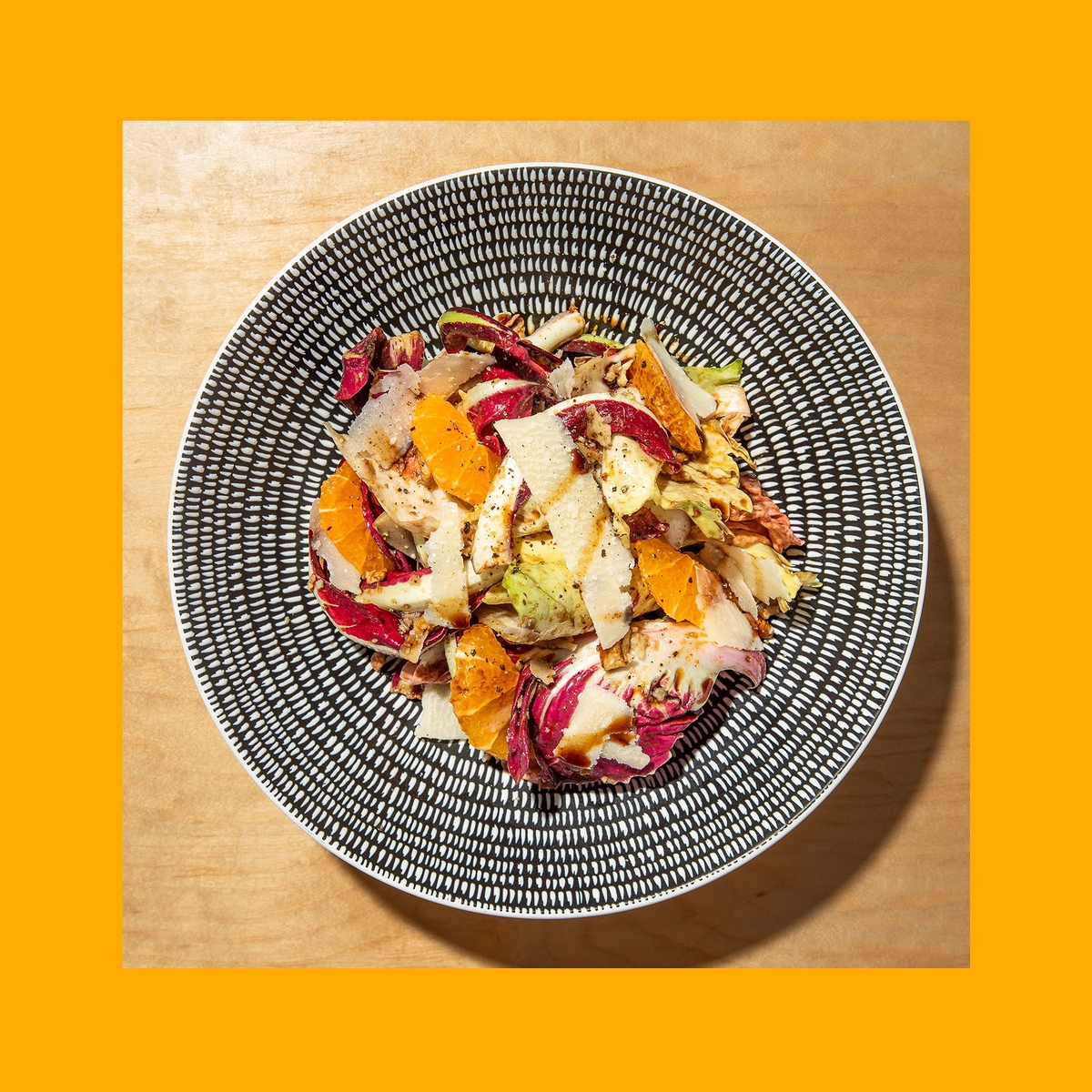
Over the last two years, we've spent hours and hours with multiple chefs from the regional restaurants recognized by Michelin; at some point, the conversations always turn here:
Ingredients.
Oyster beds in Alabama. Cheese markets in New York. Bison near Monteagle. Greens grown from local Amish and Mennonite communities.
It's a good bet that every one of the nearly 19,000 Michelin restaurants featured across the world make damn sure they have the finest ingredients possible. Bush league isn't even allowed to knock on the restaurant door.
This means Michelin begins in the ground.
With farmers.

With soil.
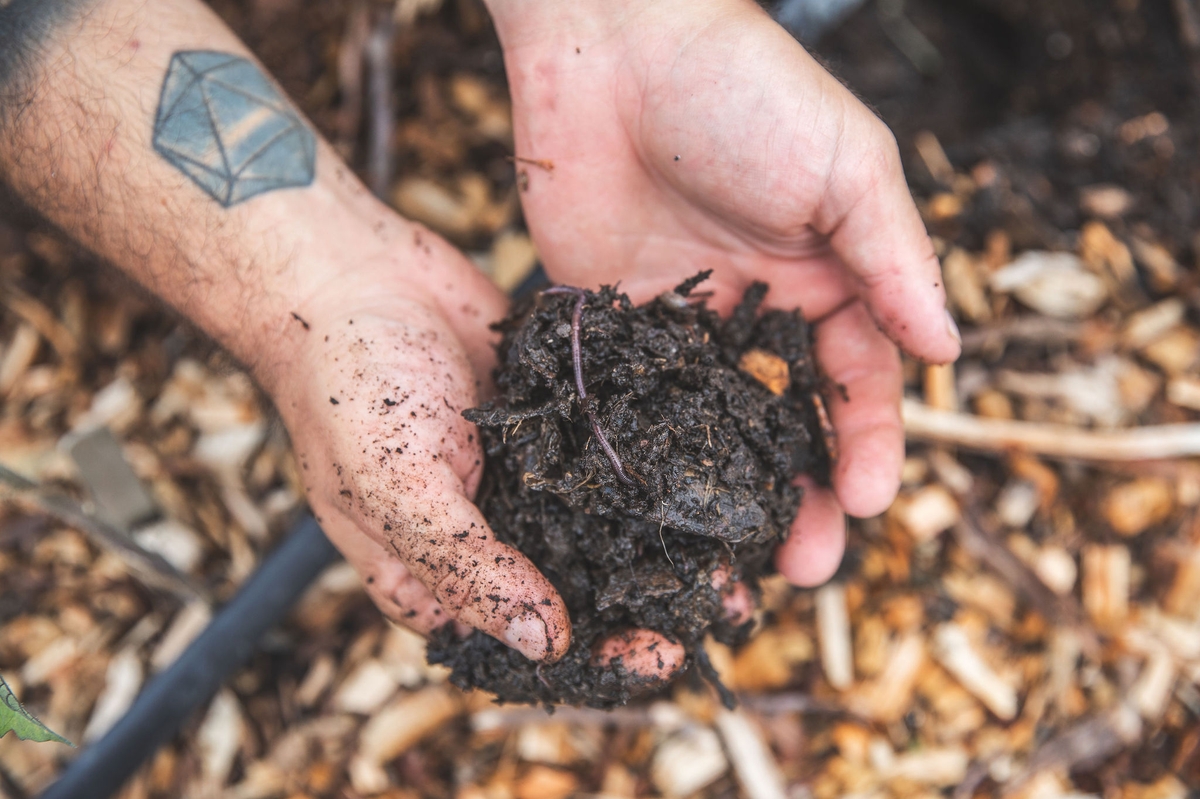
With animals treated humanely, wisely and generously.

A few days after being recognized in Michelin's new American South Guide — released last week — Chef Mallory Grimm and her team at LUNCH in Sewanee were preparing the menu:
Porchetta sandwiches with apple stuffing, rosemary mayo, homemade mustard and arugula from partner and co-founder Trapp Tubb's garden.
Sweet potato bisque. Chicken curry with butternut squash. Homemade yogurt.
Nearly all the ingredients came from local farmers. It's not coincidental: it's intentional, what makes LUNCH LUNCH.
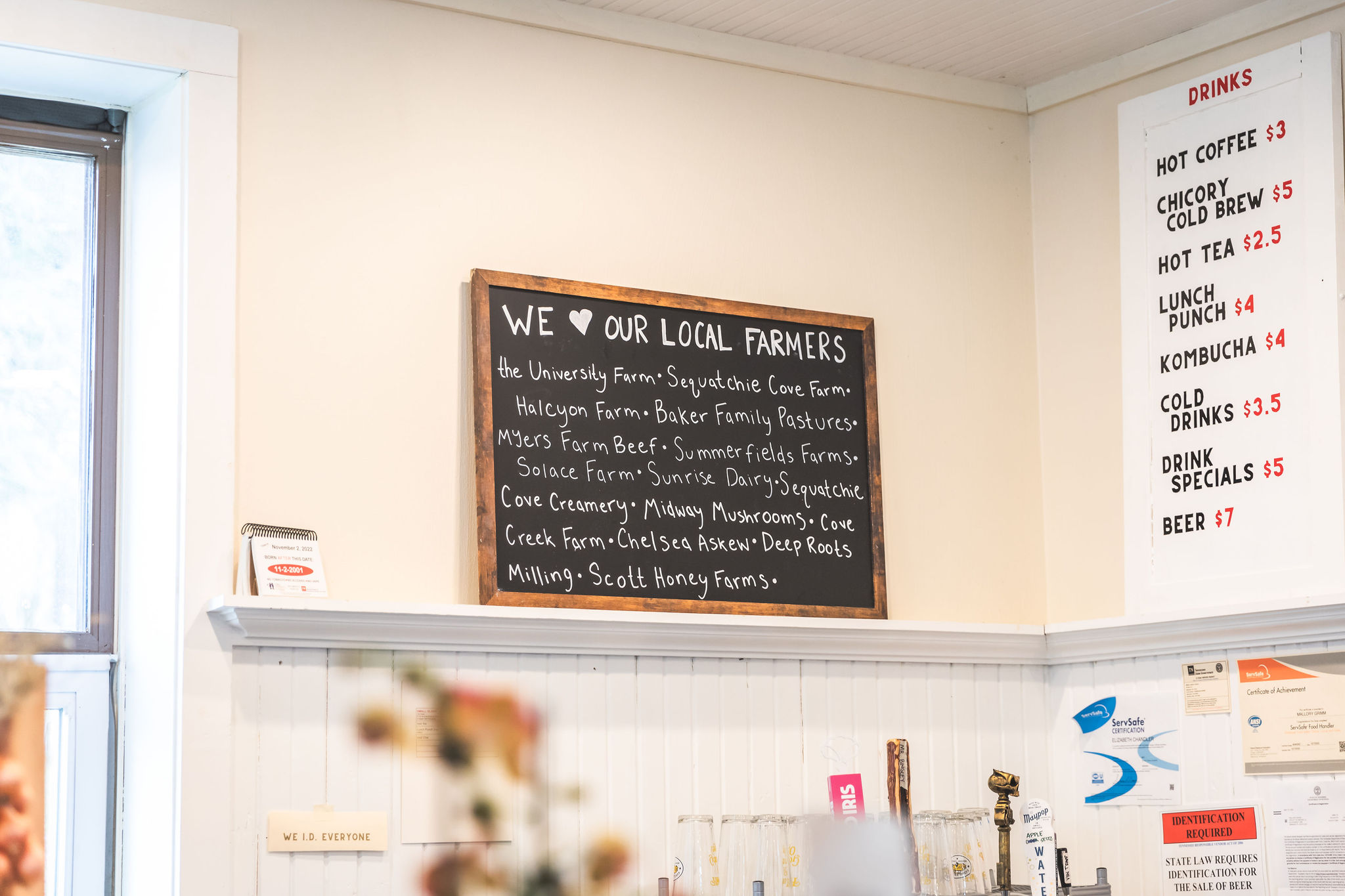
From day one, Chef Mallory laid this foundation: our menu will originate from as many local farmers and growers as possible.
Her servers tell guests:
We know everyone that grows everything you’re about to eat.
"We source everything locally," she told us back in 2023.
Here's Chef Erik Niel on the day after the three restaurants he and Amanda created and launched (or resurrected) were recognized by MIchelin:
"There are 10 restaurants on that list I fucking idolize. People I think are some of the best in the world. It's really cool to be right next to them," he said.
Dollars to donuts? All of those restaurants are sourcing as much as they can from local growers.
It's why we traveled with Main Street Meats lead butcher Chris LeBlanc to Nashville to visit the farm and processing plant where Main Street Meats sources its beef and pork.
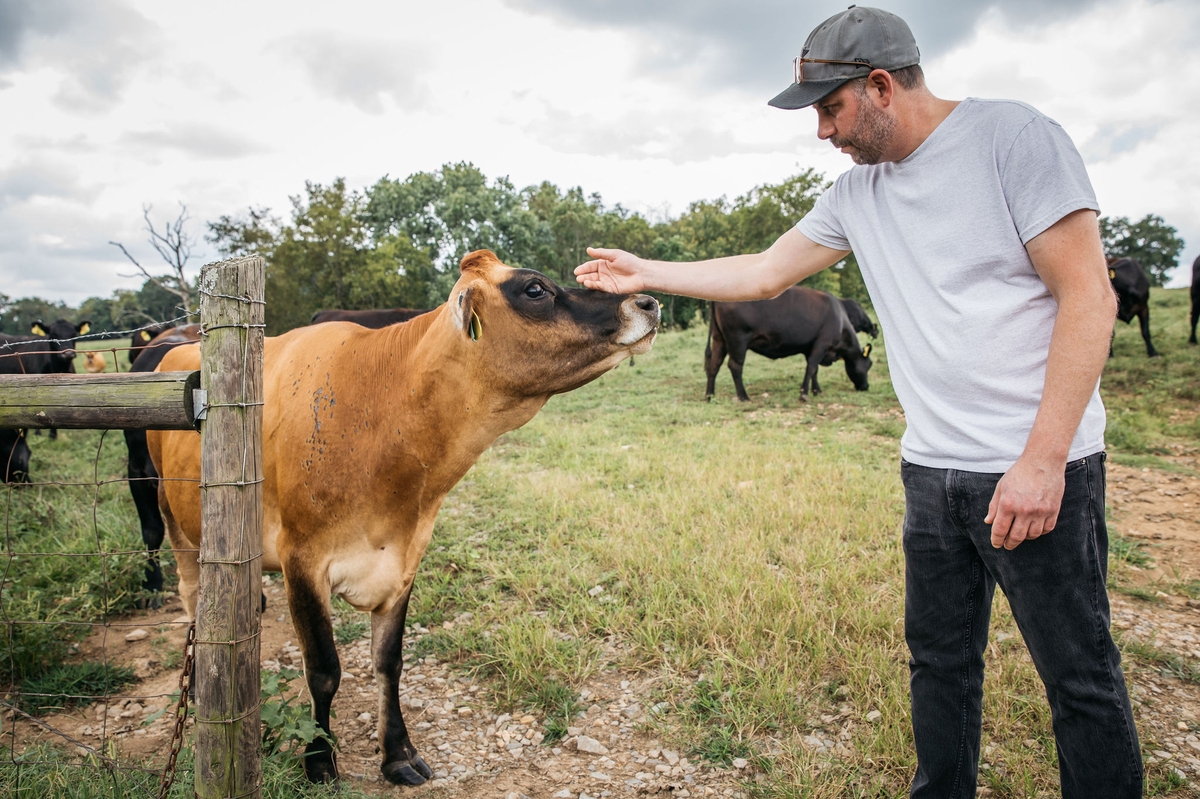
The entire process — from cow to burger — is a long unfolding of intentionality, artistry, care and hard damn work.
"If people knew how much work goes into that hamburger," he said last year during our reporting, "they'd be shocked."

But the Michelin experience doesn't spotlight this, at least not directly. There's rarely a mention of farming or farmers. When the New York Times came to town, later declaring Calliope one of the top 50 restaurants in the US, the short 139-word review said nothing of the farmers — including Chattanooga's own Damon Bartos — that supply Calliope with the food its team of chefs turn into some of the best plates around.
It seems like it's part of the thread that's often forgotten.
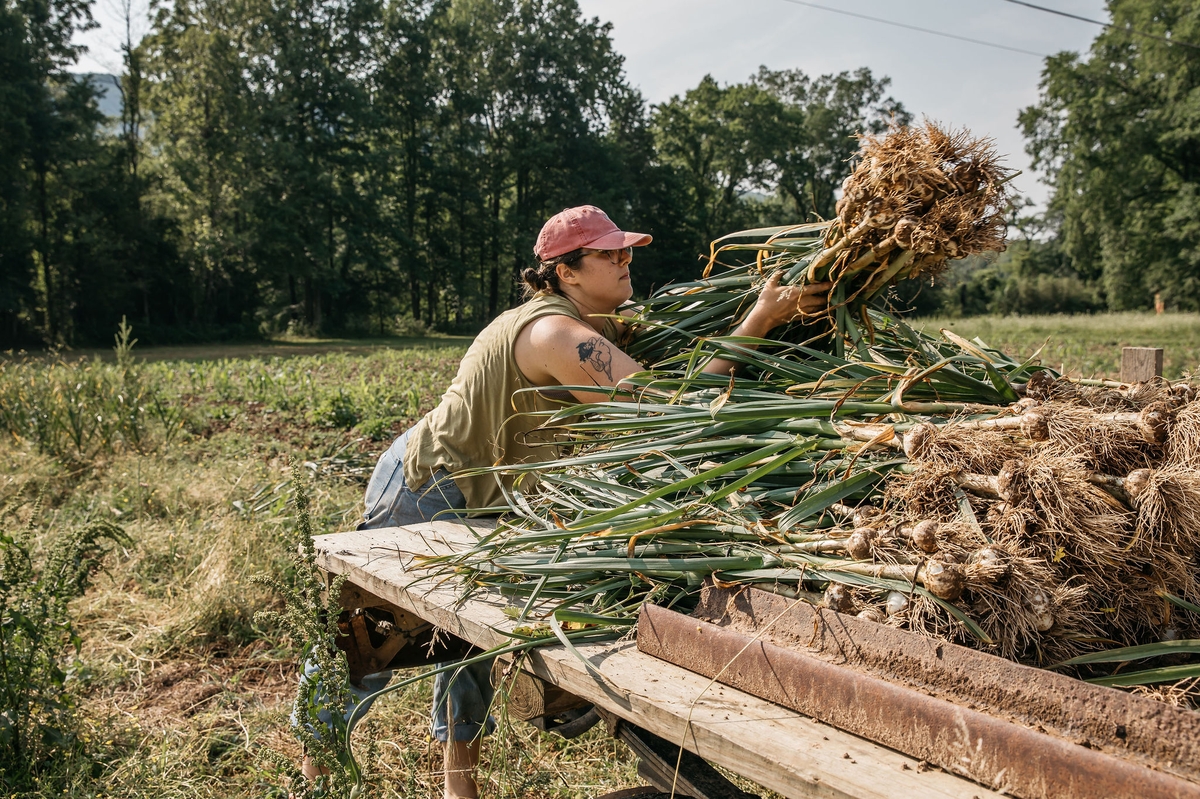
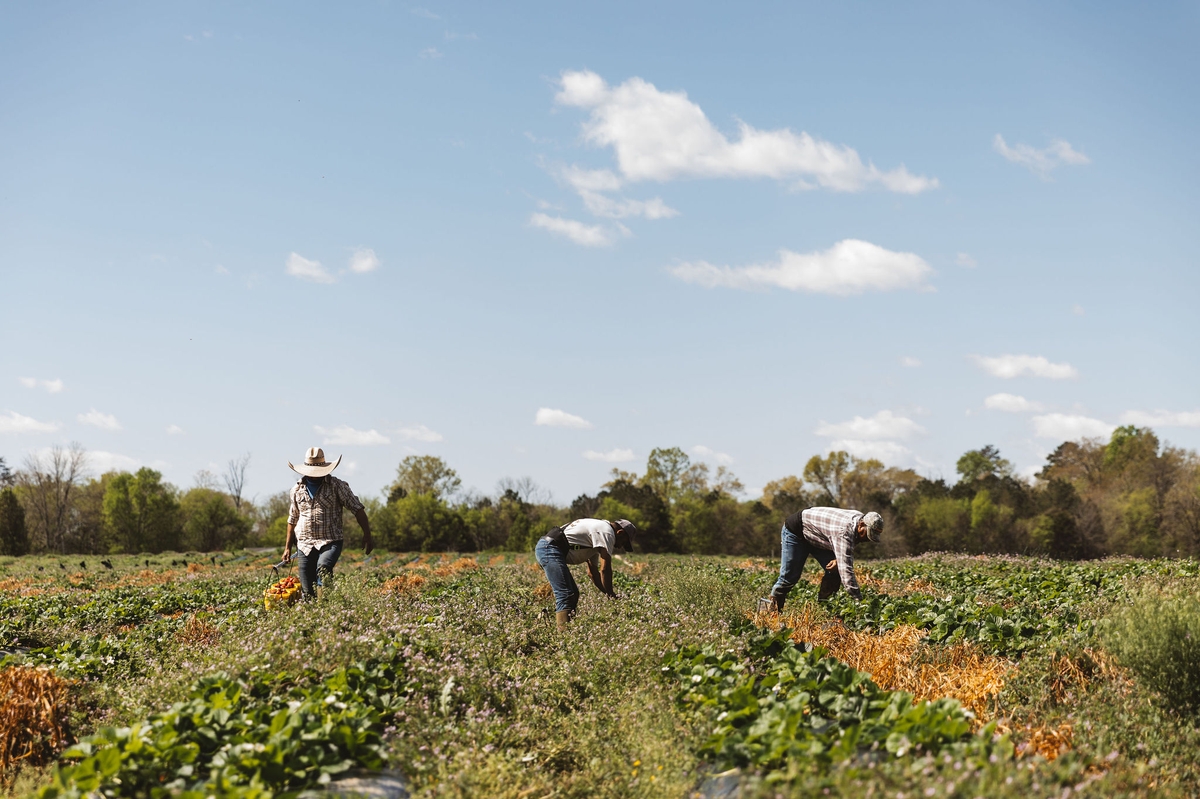

"It is good motivation for restaurants to push their cuisine to new standards," said Kelsey Keener, third-generation farmer at Sequatchie Cove Farm.
Kelsey supplies many of the regional restaurants named to the Michelin Guide.
"I would say that, if not all, at least 90 percent of the award recipients are using local ingredients," he said. "That could be some good storytelling and encouragement for other restaurants to get on board with local."
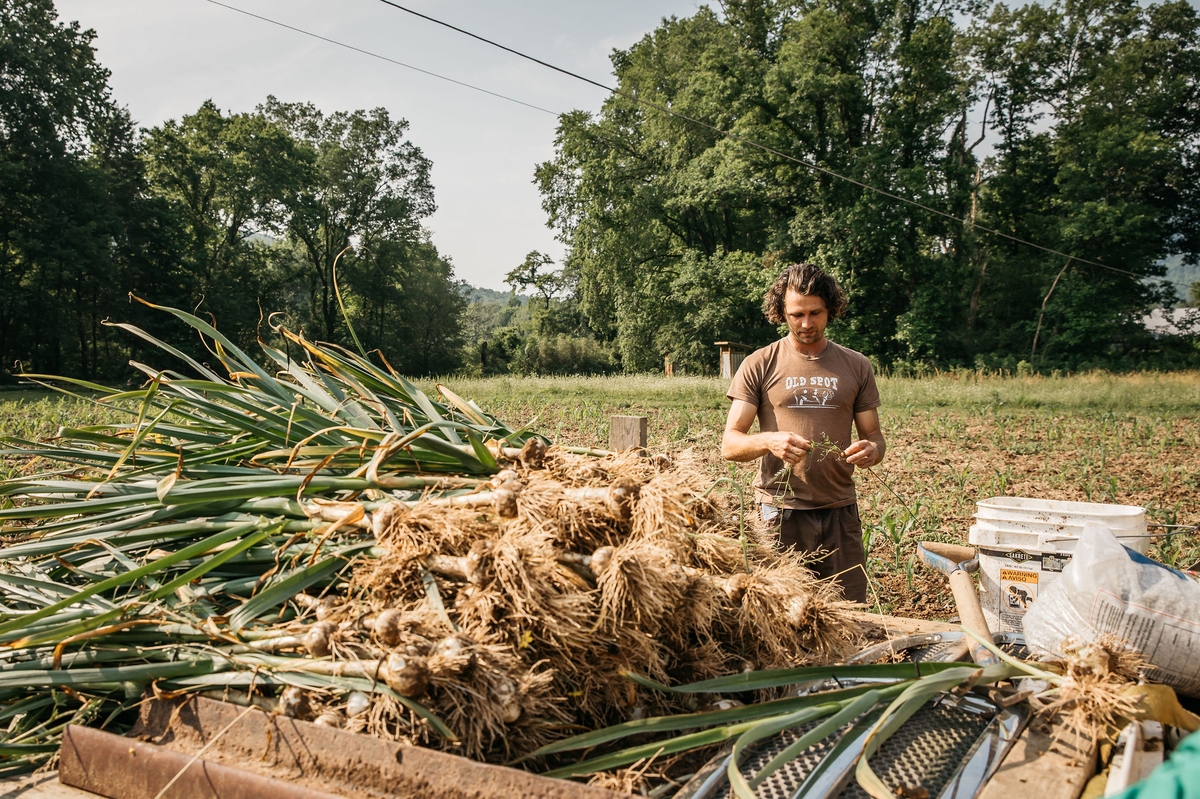
The present question: how will the Michelin awards impact our region?
It seems obvious: more travelers and tourists, more interest from local folks. The first few days after the awards were announced, regional restaurants were packed, with owners telling stories of folks driving in from Chicago and Memphis, just to experience our restaurant scene.
Again, Chef Erik Niel:
"You get more people that travel more, people that like to dine well and eat well. You'll have more of those people coming to Chattanooga and stopping in Sewanee," he said.
Will this translate as increased financial and social attention to farmers?
Easy answer: yes.
As regional restaurants see increase in demand for menus abundantly plated with local ingredients, then farmers will see increased revenue.
Will other restaurants begin to source from more regional growers? If so, the increase in costs — you get what you pay for — is often passed onto menu prices.
This brings us to the whispered secret that troubles restaurant owners and chefs:
Do Chattanoogans care?
Multiple times since the announcement, I've talked with people who did not even know Michelin produced the world's most respected restaurant-and-hotel guide, or even seemed to care.
If you asked 1,000 Chattanoogans — how excited are you about the Michelin recommendations? — how would they respond?
How many would even know?
Or care?
This is not meant to be elitist or nose-high snobby. It is rather a question based in reality: do people care?
Can they afford to care?
Does space exist in their lives to care?
It is a strange dynamic: the restaurants that do the most to support regional farmers and growers — who often work second jobs to pay the bills — are also the restaurants that often cater the most to upper-class patrons and guests.
Milton Friedman would have something to say here, but I'm not him, so we'll end here:
Like many of you, we aren't made of moneybags, able to eat out lavishly and frequently.
But also like you, we recognize the fertile possibility of relationships between growers, composters, chefs and guests.
To support one is to support the other.
Each time we eat out, we make a choice, and it's one that has the potential to support a long line of growers and farmers who are restoring the soil, caring for the land and animals, building lives that circulate with their own humane choices and ethics.
And it's a choice the supports the restaurants that believe in them.
Follow the Michelin thread as far as you can, and it often ends up with these farmers and chefs, shaking hands. The Michelin awards state pretty damn clearly: there's no cheating or shortcut.
You want to create a top-shelf restaurant?
You must source from the finest.
"What makes LUNCH so special is all our farmers we work with," Mallory said.
"We owe a lot to our people growing stuff and raising animals and milling grain for us. I am so grateful for them. I want to make sure I communicate that matters a lot to us."

Story ideas, questions, feedback? Interested in partnering with us? Email: david@foodasaverb.com
This story is 100% human generated; no AI chatbot was used in the creation of this content.
How many times did Michelin Guide inspectors visit restaurants to make their judgement and recommendations?
Definitely more than once. We've heard as many as 20 times.
Of course, Michelin's mum, so all this is hearsay and guesswork. But the point is sturdy: consistency wins the day.

Michelin folks don't really judge decor, atmosphere or service. Of course, restaurants can't serve well with two left feet, but the main experience, for Michelin, begins and ends on the plate.
As one Michelin Inspector told us, it comes down, again and again, to this:
- Quality of ingredients
- Harmony of flavors
- Mastery of cooking techniques
- The voice and personality of the chef, reflected in the cuisine
- Consistency between each visit and through the menu as a whole

Over the last two years, we've spent hours and hours with multiple chefs from the regional restaurants recognized by Michelin; at some point, the conversations always turn here:
Ingredients.
Oyster beds in Alabama. Cheese markets in New York. Bison near Monteagle. Greens grown from local Amish and Mennonite communities.
It's a good bet that every one of the nearly 19,000 Michelin restaurants featured across the world make damn sure they have the finest ingredients possible. Bush league isn't even allowed to knock on the restaurant door.
This means Michelin begins in the ground.
With farmers.

With soil.

With animals treated humanely, wisely and generously.

A few days after being recognized in Michelin's new American South Guide — released last week — Chef Mallory Grimm and her team at LUNCH in Sewanee were preparing the menu:
Porchetta sandwiches with apple stuffing, rosemary mayo, homemade mustard and arugula from partner and co-founder Trapp Tubb's garden.
Sweet potato bisque. Chicken curry with butternut squash. Homemade yogurt.
Nearly all the ingredients came from local farmers. It's not coincidental: it's intentional, what makes LUNCH LUNCH.

From day one, Chef Mallory laid this foundation: our menu will originate from as many local farmers and growers as possible.
Her servers tell guests:
We know everyone that grows everything you’re about to eat.
"We source everything locally," she told us back in 2023.
Here's Chef Erik Niel on the day after the three restaurants he and Amanda created and launched (or resurrected) were recognized by MIchelin:
"There are 10 restaurants on that list I fucking idolize. People I think are some of the best in the world. It's really cool to be right next to them," he said.
Dollars to donuts? All of those restaurants are sourcing as much as they can from local growers.
It's why we traveled with Main Street Meats lead butcher Chris LeBlanc to Nashville to visit the farm and processing plant where Main Street Meats sources its beef and pork.

The entire process — from cow to burger — is a long unfolding of intentionality, artistry, care and hard damn work.
"If people knew how much work goes into that hamburger," he said last year during our reporting, "they'd be shocked."

But the Michelin experience doesn't spotlight this, at least not directly. There's rarely a mention of farming or farmers. When the New York Times came to town, later declaring Calliope one of the top 50 restaurants in the US, the short 139-word review said nothing of the farmers — including Chattanooga's own Damon Bartos — that supply Calliope with the food its team of chefs turn into some of the best plates around.
It seems like it's part of the thread that's often forgotten.



"It is good motivation for restaurants to push their cuisine to new standards," said Kelsey Keener, third-generation farmer at Sequatchie Cove Farm.
Kelsey supplies many of the regional restaurants named to the Michelin Guide.
"I would say that, if not all, at least 90 percent of the award recipients are using local ingredients," he said. "That could be some good storytelling and encouragement for other restaurants to get on board with local."

The present question: how will the Michelin awards impact our region?
It seems obvious: more travelers and tourists, more interest from local folks. The first few days after the awards were announced, regional restaurants were packed, with owners telling stories of folks driving in from Chicago and Memphis, just to experience our restaurant scene.
Again, Chef Erik Niel:
"You get more people that travel more, people that like to dine well and eat well. You'll have more of those people coming to Chattanooga and stopping in Sewanee," he said.
Will this translate as increased financial and social attention to farmers?
Easy answer: yes.
As regional restaurants see increase in demand for menus abundantly plated with local ingredients, then farmers will see increased revenue.
Will other restaurants begin to source from more regional growers? If so, the increase in costs — you get what you pay for — is often passed onto menu prices.
This brings us to the whispered secret that troubles restaurant owners and chefs:
Do Chattanoogans care?
Multiple times since the announcement, I've talked with people who did not even know Michelin produced the world's most respected restaurant-and-hotel guide, or even seemed to care.
If you asked 1,000 Chattanoogans — how excited are you about the Michelin recommendations? — how would they respond?
How many would even know?
Or care?
This is not meant to be elitist or nose-high snobby. It is rather a question based in reality: do people care?
Can they afford to care?
Does space exist in their lives to care?
It is a strange dynamic: the restaurants that do the most to support regional farmers and growers — who often work second jobs to pay the bills — are also the restaurants that often cater the most to upper-class patrons and guests.
Milton Friedman would have something to say here, but I'm not him, so we'll end here:
Like many of you, we aren't made of moneybags, able to eat out lavishly and frequently.
But also like you, we recognize the fertile possibility of relationships between growers, composters, chefs and guests.
To support one is to support the other.
Each time we eat out, we make a choice, and it's one that has the potential to support a long line of growers and farmers who are restoring the soil, caring for the land and animals, building lives that circulate with their own humane choices and ethics.
And it's a choice the supports the restaurants that believe in them.
Follow the Michelin thread as far as you can, and it often ends up with these farmers and chefs, shaking hands. The Michelin awards state pretty damn clearly: there's no cheating or shortcut.
You want to create a top-shelf restaurant?
You must source from the finest.
"What makes LUNCH so special is all our farmers we work with," Mallory said.
"We owe a lot to our people growing stuff and raising animals and milling grain for us. I am so grateful for them. I want to make sure I communicate that matters a lot to us."

Story ideas, questions, feedback? Interested in partnering with us? Email: david@foodasaverb.com
This story is 100% human generated; no AI chatbot was used in the creation of this content.


















